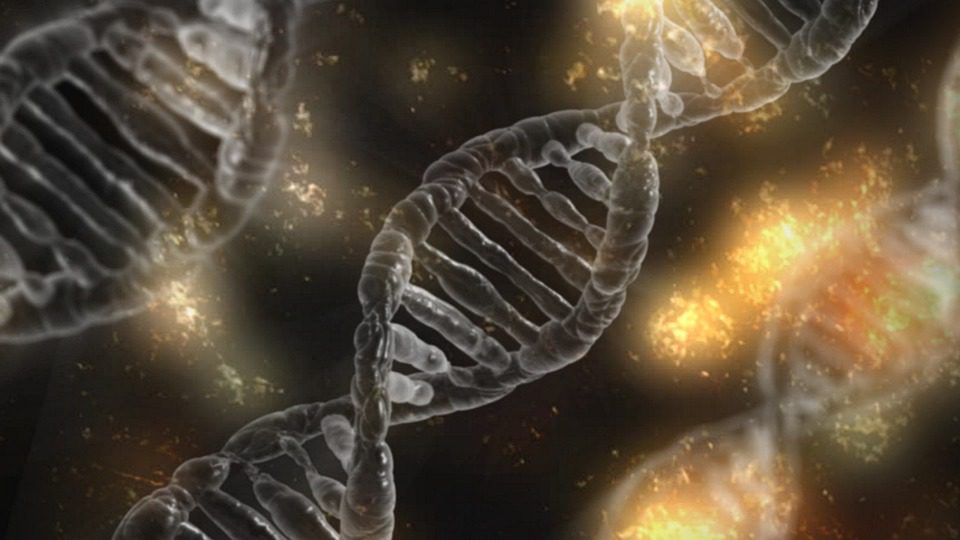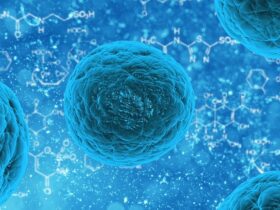The very first DNA origami-based molecular electric motor was created by a team of researchers. Generic components self-assemble into a device that can take electrical power and turn it into motion. The position and velocity of the revolution may be controlled by the scientists, and the novel nanomotors can be turned on and off.
Natural molecular motors are tiny yet crucial in our physiology. The chemical adenosine triphosphate (ATP) is used for both the short-term conservation and transmission of energy, and it is produced by a motor protein called ATP synthase. Despite the importance of natural molecular components like ATP synthase, it has been challenging to develop motors of this size with mechanical characteristics somewhat equivalent to those of molecular biological components.
DNA, which is genetic material, makes up the unique molecular engine. The DNA origami technique was utilized to construct the motor from individual DNA strands. Many shorter individual strands of DNA are linked to these longer ones to form pairs. The DNA patterns are chosen such that the coupled strands, as well as folds, form the desired nanostructures.
They’ve been working on this manufacturing technique for a while now, and it’s advanced to the point where they can create very intricate items like molecular switching devices or hollowed entities that can imprison viruses. Objects will self-assemble if you place the appropriate DNA combinations in a solution.
Future technological uses for the new motor are possible. Taking cues from the ATP synthase enzyme, which produces ATP through rotation, we may one day be able to employ this motor to power chemical processes of our own design. In this way, such motors might be used to cover surfaces in a thick layer. Afterward, you put in the raw components, give it some AC power, and the motors crank out the finished chemical product.














Leave a Reply